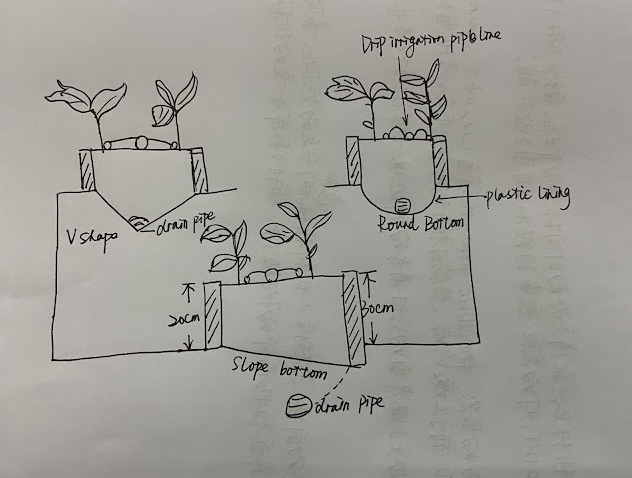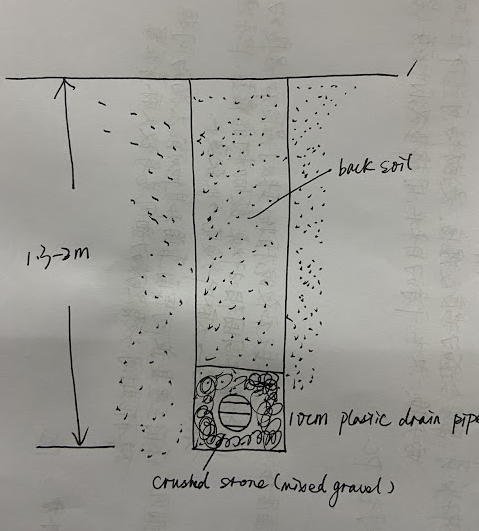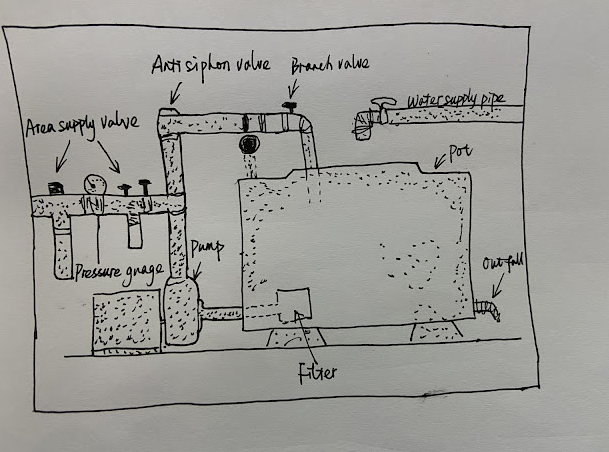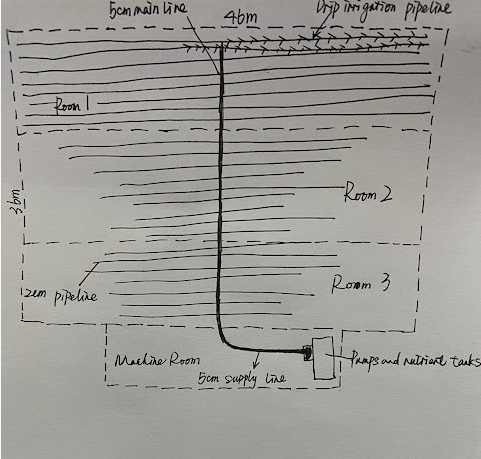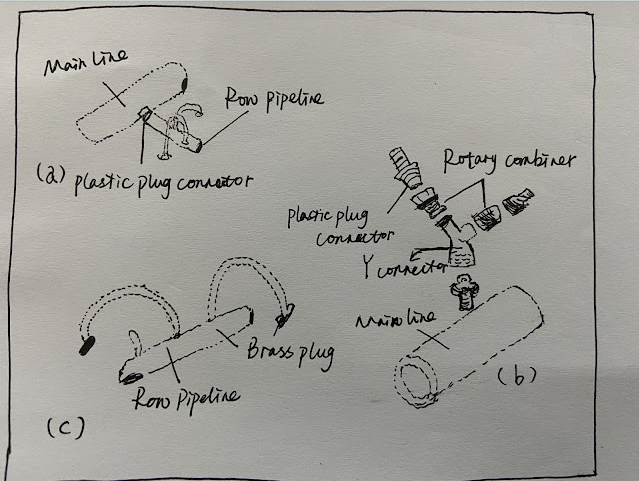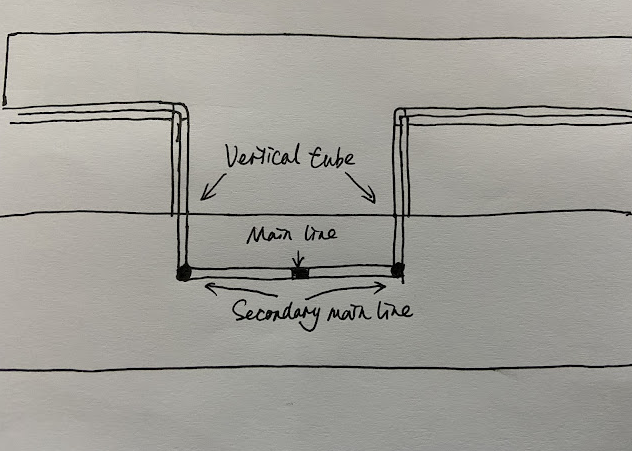Sawdust culture is popular in areas with large forest industries, such as the west coast of Canada and the Northwest Pacific coast of the United States. There is an agricultural research sub station in British Columbia, Canada, which has studied the sawdust culture of greenhouse crops for many years. Due to the increasing of native nematodes and diseases and the deterioration of soil structure, the income of soil planting in greenhouse is less and less. Therefore, different forms of soilless cultivation are implemented in Greenhouse in many places. Sawdust culture is generally used to produce vegetables, while peat, sand and pumice culture is used to produce flowers.
As the substrate of soilless culture, sawdust has the advantages of low price, light weight and easy to use. Medium fineness sawdust or fine sawdust with an appropriate proportion of flowers is easier to use because it is easier to distribute water to the side than coarse sawdust. The sawdust of hemlock and hemlock is the best. Some Platycladus orientalis are poisonous and must not be used.
Other substrates, such as moss peat, fir bark and sawdust mixture or peat, are also very successful, but the cost is high, and can only be used when there is no sawdust. It should be noted that when using sawdust of wood transported by sea, the content of sodium chloride in sawdust should be determined. Wood is transported in the sea. Before entering the sawdust yard, it is often stored in seawater for a long time and absorbs salt to reach the content toxic to plants. After test, if the sodium chloride content of sawdust is greater than 10ppm, it shall be fully cleaned with fresh water for a week before use to reduce the sodium chloride content to less than 10ppm.
The planting bed can be built with coarse pine board and lined with black polyethylene film. Its design is similar to that of Shapei. The side plate is 2.5cm thick and 20cm wide, and the bed bottom is V-shaped or round. The depth of the bed should be 25-30 cm. Place a drain pipe at the bottom of the bed. The width of the bed is generally 60cm, but when there is an 80cm channel between the beds, the 50cm wide bed is as easy to use. According to the research, each plant can meet the needs as long as there is 28L of matrix. If you use a narrow bed, you should use a wider channel to ensure that each plant has the same total greenhouse space.
In addition to the design of these standard beds, there are those with sloping bottom beds. This kind of bed uses 2.5 on one side × 20cm wood board, 2.5 on one side × 30cm wood board, the wood board shall not be deformed. two point five × The inner surface of the 30cm board is covered with lining from the top to the bottom edge. two point five × The lining covered with 20cm wood board extends from one side to the edge of the slope width. However, there is a 6mm wide seam at the lower part of the wide side, so that the remaining nutrient solution can be discharged through a pipe 1-2m deep under the bed. Before building the greenhouse, install the drainage pipe, which can be placed in the ditch with standard porous plastic drainage pipe. If the matrix is fine, filter materials can be placed on and around the pipe to prevent the pipe orifice from being blocked. It is best to use mixed coarse sand, fine sand and pea gravel. This material should be 15-20cm thick.
The planting bed of sawdust culture can also be replaced by polyethylene bags filled with sawdust. General waste food bags (0.025mm thick, 50cm wide and 65cm long) can be used. The bottom of the bag should be perforated with drainage holes, and several layers of plastic should be placed under it to prevent roots from growing out of the drainage holes and entering the soil below. Depending on the size of the bag, one to three plants can be planted in each hydroponic grow bag. The bags of plants can be arranged in one line, while the three plants (such as tomatoes) planted in the bags can be divided into two lines and grow upward. For example, when planting cucumbers, the bags can be arranged in a row, and each bag can plant a plant to make them climb up an inclined shelf. When the first crop is mature, the new seedlings are placed in the replacement empty bag, and the process of bag replacement can be repeated. In this way, six crops of cucumber can be planted every year.
Sawdust culture generally uses drip irrigation to supply plant water and nutrients. As mentioned earlier, it is necessary to balance the nutrient flow of the pipeline with a properly sized main pipe and valve. The plastic pipe with a diameter of 20mm is generally used for the pipeline, which can support 200 branch pipes (with an inner diameter of 2mm). 15mm and 25mm pipes can supply 100 and 300 branch pipes respectively. The planting bed can be used with fine core pipe, exudation pipe and ejector. For example, planting bags, it is best to use thin core branch pipe or ejector. The nutrient solution can be supplied from the dilute solution storage tank or through the concentrated solution regulator. The dilute solution unit requires a storage tank, pump and a dispersion unit.
The capacity of the tank can be determined according to the number of plants required to supply nutrient solution. Some growers build two pots so that they can use the other pot to prepare nutrient solution at least one day before one pot is used up. Before use, heat the temperature to the appropriate degree (18-21 ℃).
Wooden cans can be made of 20mm plywood and lined with vinyl or 0.15mm thick polyethylene film. Vinyl is better than polyethylene because it is not easy to puncture. The tank can also be made of concrete and lined with asphalt. Large FRP is not afraid of corrosion and can be used for commercial sawdust culture. An agitator is installed in the pipe.
A filter with 50 mesh filter screen shall be installed at the inlet of the tank into the maintenance branch pipe to facilitate cleaning and drainage. Such tanks shall be located indoors close to the boiler and water supply.
Nutrient solution distribution system includes supply pipeline, main pipeline, pipeline, thin core pipe or ejector, connector and controller. Valves shall be installed on the main supply line to control the nutrient supply of each greenhouse in the area. With this method, the flow of nutrient solution can be adjusted at any time according to the needs of plants. In order to distribute nutrients evenly, especially when the length of the greenhouse exceeds 30m, two main pipes should be installed in the middle of the greenhouse and extended from it to the pipeline. A main line can also be installed. A vertical pipe Rongguo Ya joint is used on the line, which is directly connected to the main line or to the secondary main line. The secondary main line is connected with the main line and is located underground and close to the main line. The position of the main line shall be moderate and shall not hinder walking and operation.
Care must be taken in the selection of pipes to take into account future expansion. For the effective operation of the low-pressure pump, the total friction loss shall not exceed 25 pounds / inch (equivalent to 0.070 kg per square centimeter). For example, when the flow rate of a 31 m (100 ft) pipe with a diameter of 5 cm is 273 L / min, the friction loss is 3.8 lb / in; For a 3.8 cm diameter pipe of the same length, the friction loss is 13 lb / in at the same flow rate, which is actually not applicable, because the total friction loss of 62m will exceed 25 lb / in. The appropriate diameter of the pipe can be determined according to the calculation of the friction loss between the supply line and the main line, including the connector and plug joint, the pressure in the line line (generally 1-2 lb / inch) and the flow rate per minute.
Avoid the use of pitted pipes because they can accumulate air and reduce the flow rate. Install the plug connector with a cap at the end of the main pipe, and the nutrient solution can flow easily. A 15mm diameter line can supply 150 droppers at 1 or 2 lb / in; However, compared with the pipe with a diameter of 20mm, such a pipe is not easy to install and maintain the position, and the operation is also called difficult. A 15mm diameter pipe is most suitable for installing 300 droppers. This dropper is operated at 2 psi for 10 minutes or 1 psi for 1 minute
0.6L solution can flow out in 3 minutes. In order to ensure the outflow of solution from the line, a plug connector can be installed at the end.
The thin core pipe with an inner diameter of 1.1mm is generally cut into a length of 31-38cm. The end of the pipe shall be chamfered to prevent the pipe from being sealed when it is inserted too deep into the pipeline. In order to distribute the nutrient solution evenly, cut them into equal lengths. Install a brass plug on the row line of the corresponding plant. The advantage of this device is that as long as the pump is started, the nutrient solution can flow out continuously, because there is sufficient solution left in the string.
At the end of the planting season, check the end of the thin core pipe. If there is salt accumulation or plant roots grow inside, cut off the tip (usually 6mm) and clean the inner side of the pipe.
Post time: Jun-06-2022

